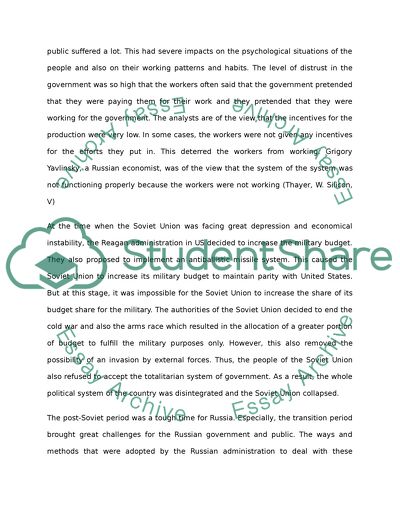Cite this document
(“Emerging Economies (RUSSIA) Research Paper Example | Topics and Well Written Essays - 4750 words”, n.d.)
Retrieved from https://studentshare.org/macro-microeconomics/1395373-emerging-economies-russia
Retrieved from https://studentshare.org/macro-microeconomics/1395373-emerging-economies-russia
(Emerging Economies (RUSSIA) Research Paper Example | Topics and Well Written Essays - 4750 Words)
https://studentshare.org/macro-microeconomics/1395373-emerging-economies-russia.
https://studentshare.org/macro-microeconomics/1395373-emerging-economies-russia.
“Emerging Economies (RUSSIA) Research Paper Example | Topics and Well Written Essays - 4750 Words”, n.d. https://studentshare.org/macro-microeconomics/1395373-emerging-economies-russia.


